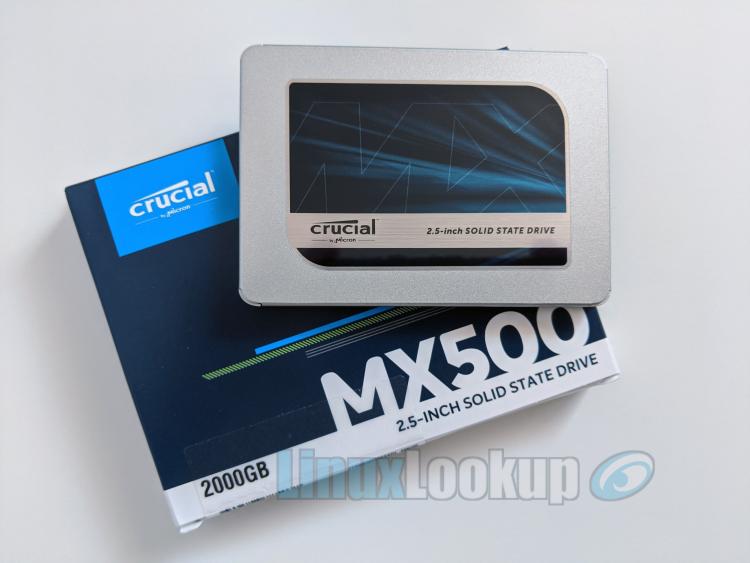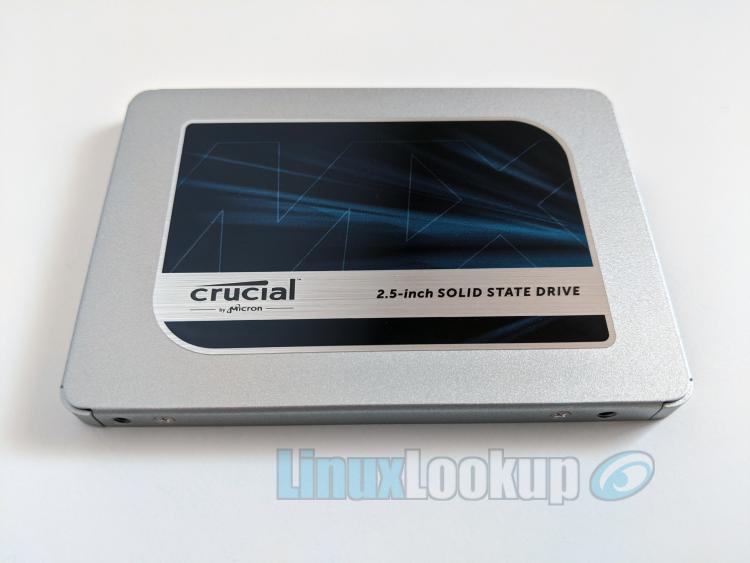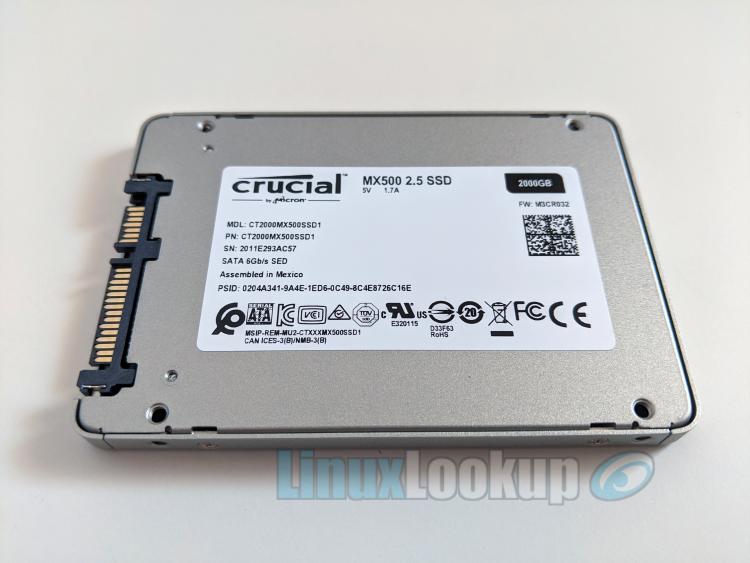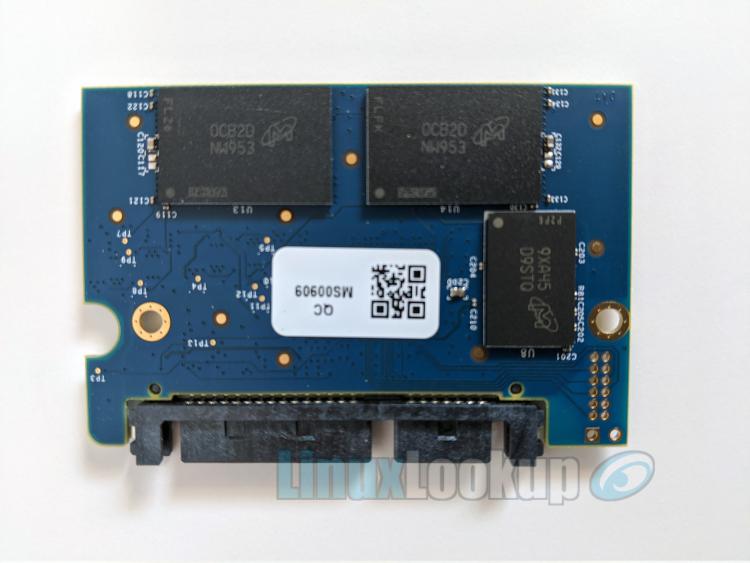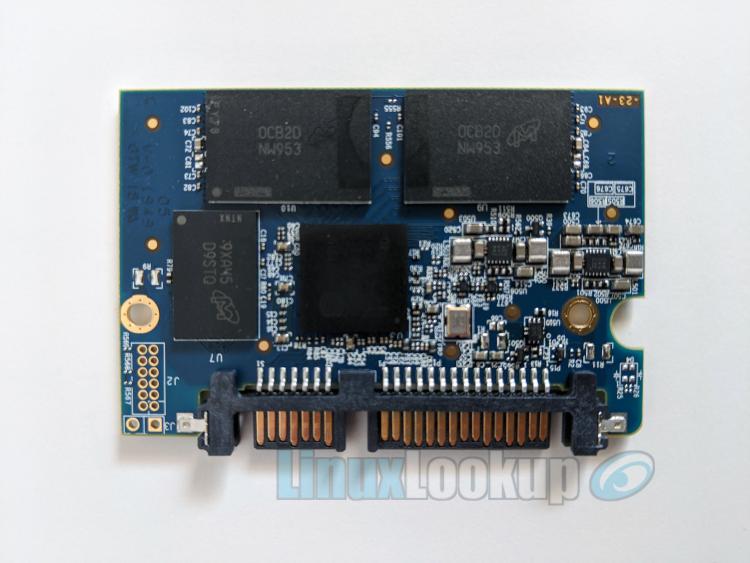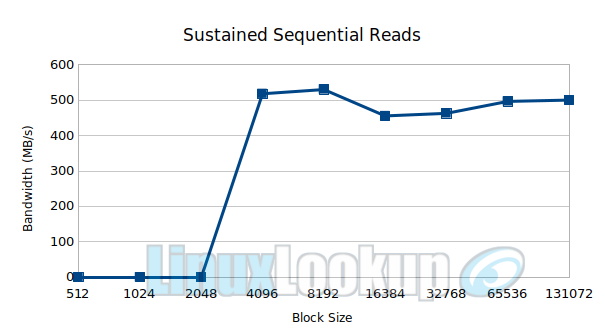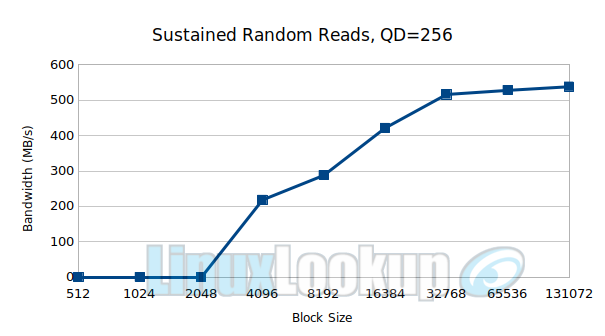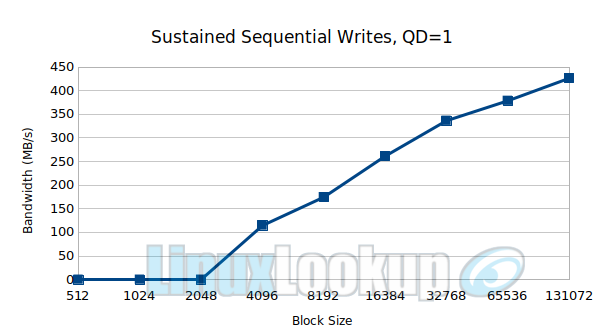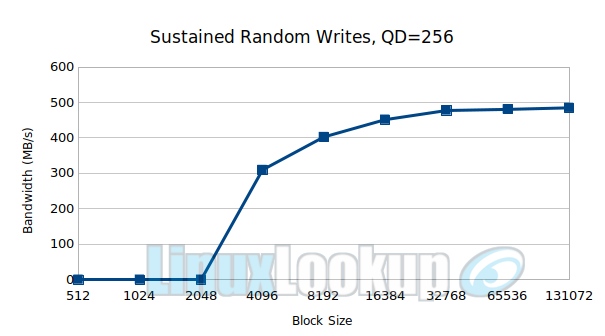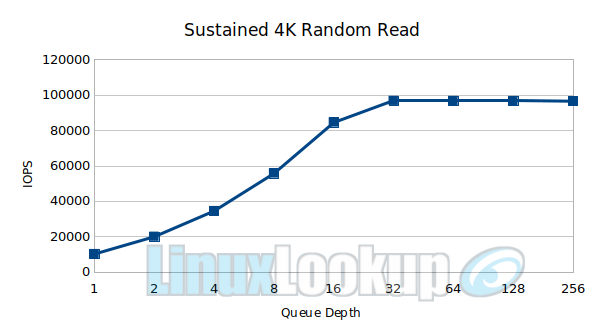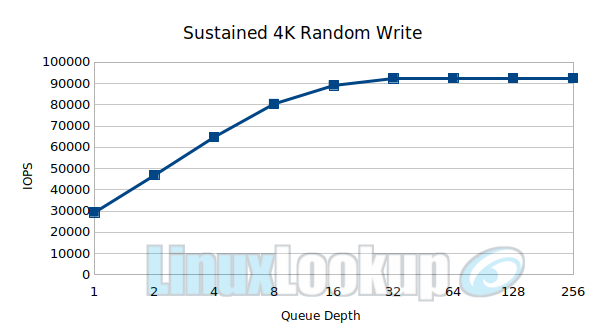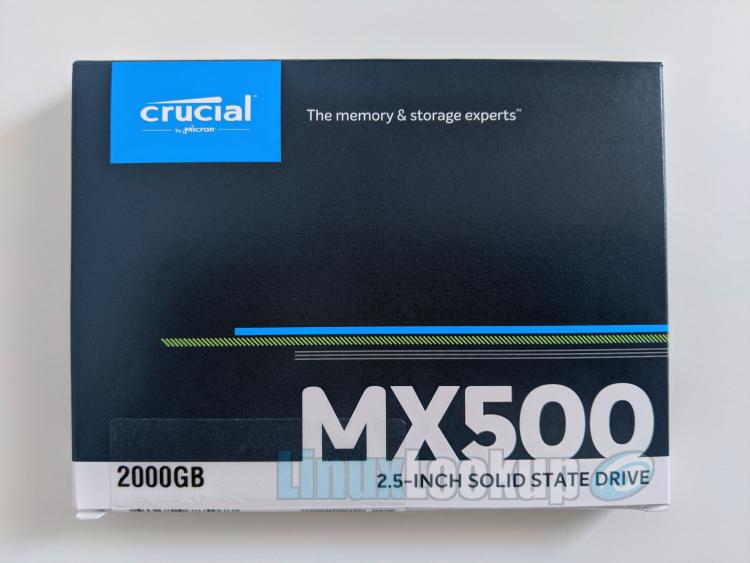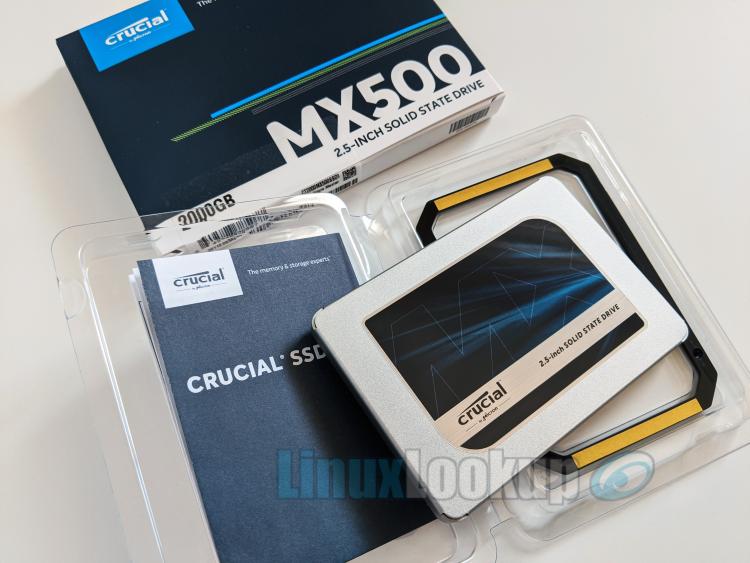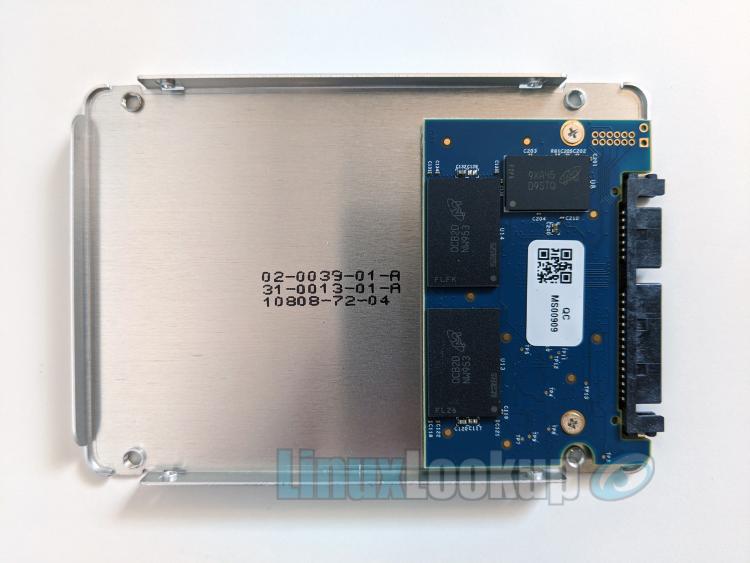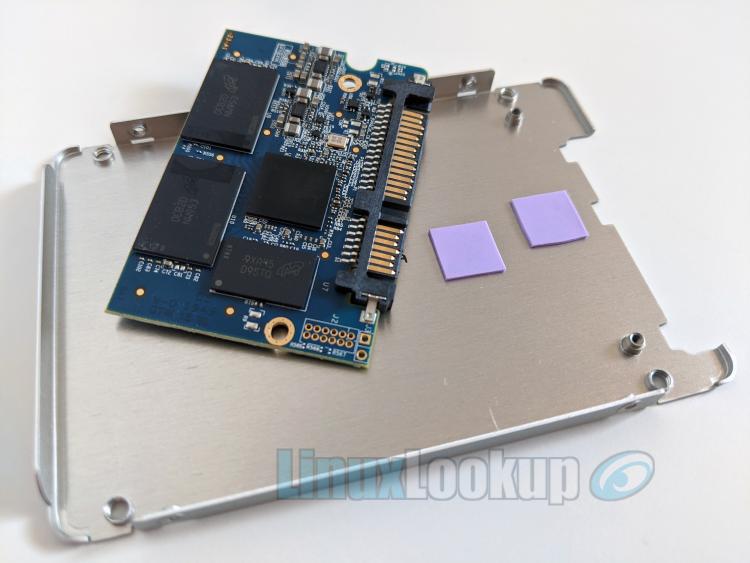Crucial MX500 2TB SSD Review
The MX500 was Crucial's first consumer Solid State Drive (SSD) to utilize Micron 2nd generation 3D TLC NAND Flash, a technology that not only improves on performance and overall cost, but also promises larger capacities upward of 2TB.
When the MX500 Series first launch back in 2018 we published a Crucial MX500 1TB SSD review, however, our methods for Linux SSD benchmarking wasn't as verbose and lacked informative data. We have completely revised our testing since then.
That being said, I'd ask that you please read the 1TB model review as information within this article is supplementary and will only document changes identified on the 2TB model, along with our new SSD benchmark test methodology.
The Crucial MX500 SSD is available in four different capacities, 250GB, 500GB, 1TB and an even larger 2TB model — now retailing for $49.99, $69.99, $114.99 and $229.99 respectively.
Current pricing is significantly lower than at launch, this 2TB model is now half the original price!
There are two different form-factors to choose from; either a 2.5-inch 7mm to ensure compatibility with everything from Ultrabooks to Personal Computers, or the smaller M.2 Type 2280 for supported on-board connectors. Capacities up to 1TB are available in the M.2 form-factor.
Regardless of which drive capacity you choose, the performance rating across all Crucial MX500 models is quoted to deliver 560MB/s sequential read with 95,000 IOPS and sequential write performance up to 510MB/s with 90,000 IOPS.
Crucial's MX series has always been driven by a Marvell controller. Both past generation MX100 and MX200 preserved the Marvell 88SS9189 controller, where as MX300 internally utilized a Marvell 88SS1074 controller. At launch back in 2018, the MX500 switched over to a Silicon Motion SM2258 controller which we've seen used previously in Crucial's entry-level BX series drives.
It appears as though the 2TB model has had a few revisions. Internally we're seeing an updated Silicon Motion SM2259H controller, Micron 2nd Generation 64-layer 3D TLC NAND is still present, with 6 flash packages, 3 per side returning a 2TB capacity.
Part numbers on the Flash components are MT29F4T08EUHBFM4-R:B and MT41K512M16HA-125:A for those interested in technical deep dive, the datasheets are available from Micron's website.
The MX500 2TB model has a calculated arithmetic mean (average) time between failure of 700TB. This equals 383GB of writes per day for 5 years, certainly a great endurance rating.
Features
Highlight summary:
- Dynamic Write Acceleration
- NAND-integrated Power Loss Immunity
- Adaptive Thermal Monitoring
- TCG/Opal 2.0-compliant self-encrypting drive (SED)
- Hardware-based AES-256 encryption engine
- Static and dynamic wear leveling
- 5 year limited warranty
- Free shipping (Like all Crucial products)
Specifications
- Type: 2.5-inch
- Height: 7mm
- Flash Controller: Silicon Motion SM2259H
- Flash Type: Micron 2nd Generation 64-layer 3D TLC NAND
- Serial ATA: Transfer rate 6Gb/s (backwards compatible with 3Gb/s)
- Temperature: Operating (0°C to 70°C) Non-operating (-40°C to 85°C)
- Acoustics: 0dB
- Mean Time To Failure: 1.8 million hours
- Drive Endurance: 700TB Total Bytes Written (TBW), equal to 383GB per day for 5 years
Performance
Performance testing was done under Ubuntu 20.04 LTS (Focal Fossa) in a stand-alone drive configuration. Factors affecting performance include: Capacity of the drive, interface of the host and overall system performance. Your results may vary.
We have revised how our SSD benchmarking is performed and no longer benchmark the drive while in a Fresh-Out-of-Box (FOB) state. FOB typically is how manufactures specify I/O performance in advertising because the drive has yet to endure any sustained workload and initial performance benchmarks from a FOB state will result in uncharacteristically high measurements.
To provide more accurate measurements we precondition the drive to a Steady state before running our benchmarks. Steady state is achieved by issuing a set of random and sequential preconditioning operations. Though this process takes several hours, the benchmark results are more consistent and produce real-world values.
Advertised performance
- Model: CT2000MX500SSD1
- Sequential Read: 560MB/s with 95,000 IOPS
- Sequential Write: 510MB/s with 90,000 IOPS
Sequential Reads compared to Random Reads with Identical Block Sizes
Sequential Writes compared to Random Writes with Identical Block Sizes
4K Random Read Performance with Varying Queue Depths
4K Random Write Performance with Varying Queue Depth
Timings of device Reads
This measurement is an indication of how fast the drive can sustain sequential data reads under Linux, without any filesystem overhead. Timing buffered disk reads: 1584 MB in 3.00 seconds = 527.34 MB/sec.
Gallery
Conclusion
The Good - Pros- Utilizes Micron 2nd Generation 64-layer 3D TLC NAND
- Endurance rating is an exceptional 700TBW (383GB of writes per day for 5 years)
- TCG/Opal 2.0-compliant self-encrypting drive (SED)
- NAND-integrated power loss immunity
- 2TB capacity is currently at an excellent price point
- 5 five-year limited warranty
The Bad - Cons
- N/A
The Ugly - Issues
- N/A
The Verdict - Opinion
The Crucial MX500 2TB SSD checks all the boxes when it comes to performance, endurance and price point — all protected under a 5 year warranty.
